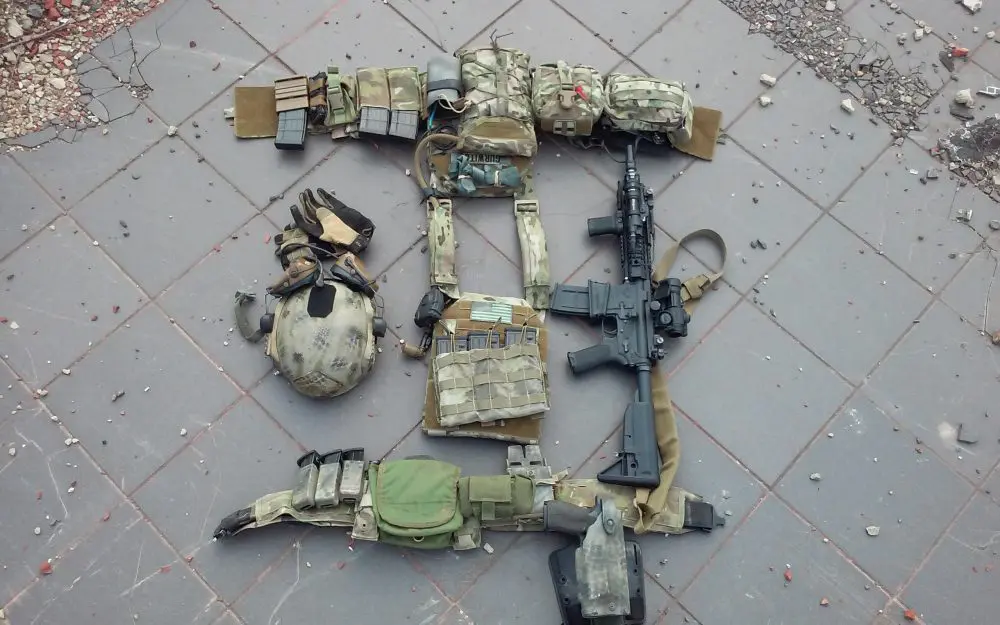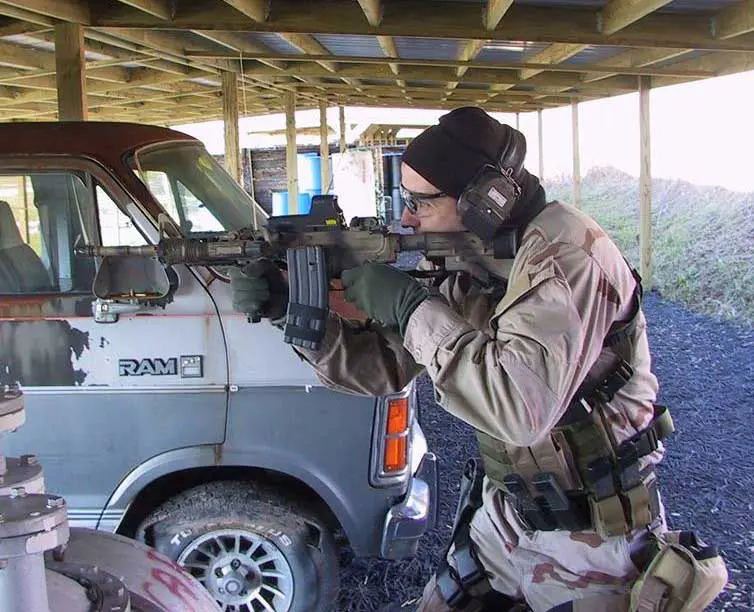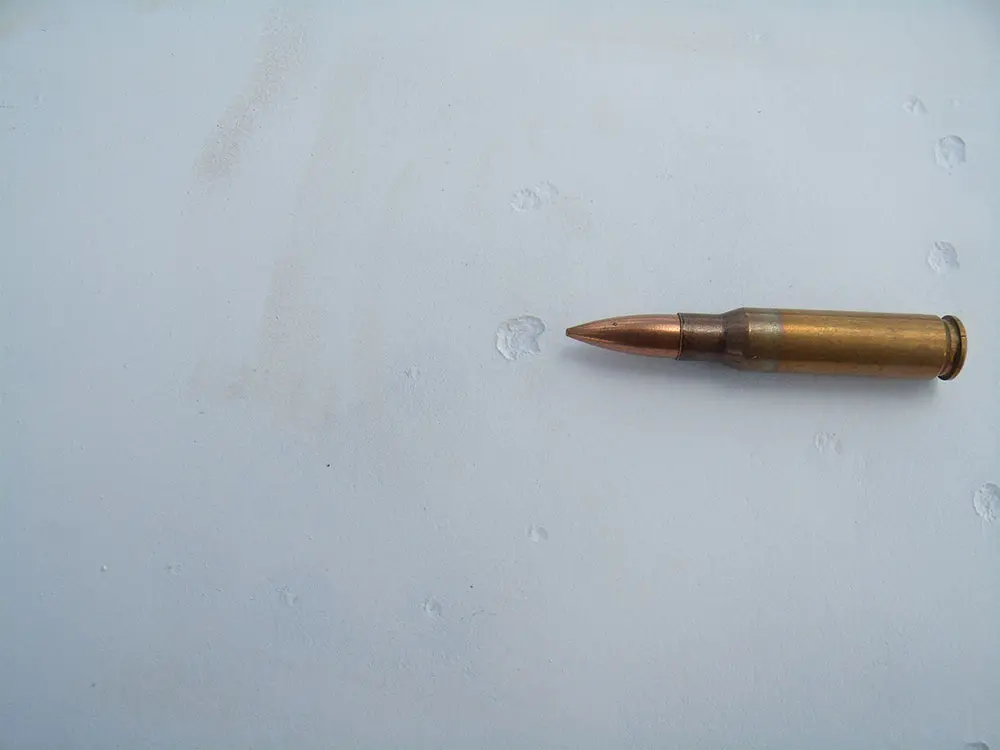Recently, a somewhat controversial police shooting transpired that garnered national headlines. West Virginia Police Officer Stephen Mader (who is white) was ostensibly terminated for not firing upon an armed suspect (who was black) and who was believed to be suicidal. Other officers, upon arrival, did fire upon the suspect.
Officer Mader stated that he made the determination that the suspect did not pose an immediate threat to him or other officers despite the fact that he was holding a gun. There are any number of ways one can go on this incident, but before rendering a decision either way, consider the following:
From the officer’s vantage point, was any cover afforded to either himself or the additional responding officers? What was the background relative to the suspect? What physical distance between the officer and the suspect was in evidence? What obstacles if any, were interposed between the two parties? What precise firearm and caliber were being utilized by the officer at the time, and exactly what level of skill with that specific weapon did the officer possess?
What precise physical motions were being displayed by the suspect and in what manner were these displayed? What physical speed (e.g., erratic, slow, methodical) did the suspect display in his interaction with the officer? In what manner was the firearm oriented and was the officer able to see the suspect’s placement of his trigger finger?
What was the exact timeline from initial contact to the actual OIS? What precisely transpired (communications, physical placement, shifting angles, elevations, movements, verbal commands, etc) between the officer and the suspect prior to the arrival of back-up?
What was the history and background of the officer relative to dealing with mentally disturbed individuals? What training, if any, had the officer received regarding mental illness and the phenomenon of “suicide by cop”? What roll-call training or protocols had been instituted by his department relative to mental illness?
I would additionally consider the fact that I have no knowledge of the officer’s past field performance, which might also be a mitigating factor in the decision to terminate him.
These are but a few of the questions I would posit, not having received the entire case and all salient facts contained therein. In other words, one can only render a cursory determination when possessing only cursory information.
A suspect with a handgun held with a firing grip with the barrel oriented perpendicular to the deck can simply orient the wrist and nothing more and discharge a shot in about 2/10ths of a second. I know this because I can personally achieve this and have done so when demonstrating for court cases and in training. A shoulder-fired weapon might entail a longer timeframe.
Now, assume that no aiming of the firearm is involved. The following are merely some of the last names of LAPD Officers who have died as a result of erratic gunfire on behalf of suspects during my time on the department: Heim, Pagliotti, Brown, Cuesta, Simmons, Lizzaraga. In short, a firearm does not have to be precisely aimed and purposefully oriented in order to pose a legitimate deadly threat!
The foregoing are some considerations one should bear in mind when coming to a conclusion of the merits regarding this incident. Additionally, consider the following: I might allow a situation to degrade far beyond that which a fresh-faced probationer might. As I have spent years on the streets and on the range, my skill level allows for this. My response mechanisms probably differ in time and accuracy over those of an individual not similarly trained with an equivalent comprehension of all that deadly force entails which I might possess. Experience does matter and oftentimes equates to successful versus unsuccessful resolutions in critical incidents.
Ethnicity has become a controversial topic. On the one hand, there are incidents in law enforcement’s past history that justify this concern. On the other hand, a deadly force threat is a deadly force threat, regardless of ethnicity, gender, religion, or sexual preference. If an attorney decides to put race into the equation, such is their prerogative, and I myself have dealt with this very factor in past court cases.
This does not mean that such is a valid argument. It is simply their take and tactic on the subject. A deadly force threat posed by a Martian is still a deadly force threat and will always require an articulate and accurate accounting of the facts of the case.
News travels at light speed these days. The ten-second sound bite has been reduced to a two-second sound bite. As a result, only so much information can be put forth. First blush will reveal a limited amount. At recent classes, I was asked by several students, some of whom were non-law enforcement, how I viewed this particular OIS.
They sat on both sides of the fence regarding when to shoot/not shoot. When some of the considerations put forth in this article were discussed, they then contemplated the complexity of what at the outset seemed to be a black-and-white issue (no pun intended … either of the race or law enforcement variety). In short, it’s complicated.
There can be no dispute that the police operations of the last 100+ years have undergone major evolutions, some of which are rather radical in nature. When I joined the LAPD in 1976, we had no Tasers, less-lethal shotguns, less-lethal munitions, OC spray, crisis negotiators, or the myriad tools and techniques available to presently serving officers.
We had a four-inch .38 Special revolver, 12 spare rounds, a straight stick baton, and our wits. We were turned loose on the city and, once we departed the black-and-white sled, we were truly on our own. Either we came out of it or we did not. Times have indeed changed.





